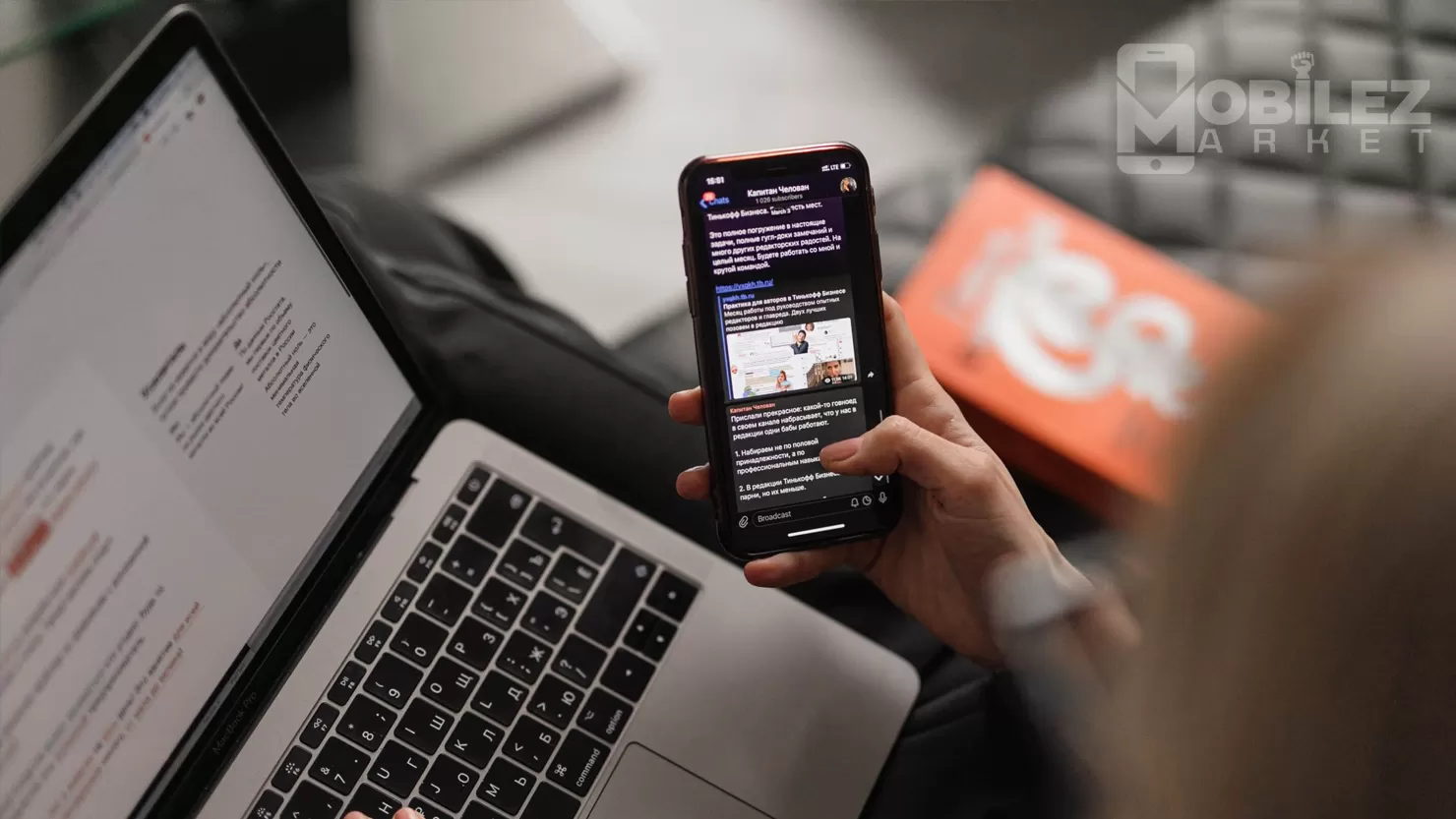The Role of Mobile Devices in Remote Work and Telecommuting
Introduction:
The rise of remote work and telecommuting has been accelerated by advancements in technology, particularly the widespread adoption of mobile devices. Mobile devices, such as smartphones and tablets, have become indispensable tools for professionals to stay connected, productive, and engaged while working remotely. In this blog post, we'll explore the pivotal role of mobile devices in remote work and telecommuting, highlighting their benefits, challenges, and best practices for maximizing productivity and collaboration.
Facilitating Flexible Work Arrangements:
- Mobile devices enable professionals to work from anywhere, breaking free from the constraints of traditional office spaces and schedules.
- Employees can access work-related emails, documents, and applications on their smartphones or tablets, allowing for greater flexibility in managing tasks and deadlines.
Enhancing Connectivity and Communication:
- Mobile devices serve as communication hubs, enabling remote workers to stay connected with colleagues, clients, and stakeholders through calls, video conferences, and messaging apps.
- Collaboration platforms, such as Slack, Microsoft Teams, and Zoom, offer mobile-friendly interfaces that facilitate real-time communication and collaboration among remote teams.
Empowering Productivity On-The-Go:
- Mobile productivity apps, such as Microsoft Office, Google Workspace, and project management tools like Trello and Asana, empower remote workers to accomplish tasks and projects efficiently from their mobile devices.
- Cloud storage solutions, such as Google Drive and Dropbox, allow remote workers to access and share files seamlessly across devices, ensuring data accessibility and collaboration.
Supporting Remote Learning and Training:
- Mobile devices facilitate remote learning and training initiatives by providing access to online courses, webinars, and educational resources.
- Learning management systems (LMS) offer mobile apps that enable employees to engage in training modules, assessments, and skill-building activities from their smartphones or tablets.
Overcoming Geographic Barriers:
- Mobile devices enable companies to tap into a global talent pool by hiring remote workers from diverse geographic locations, regardless of their proximity to the office.
- Remote work powered by mobile devices promotes inclusivity and diversity in the workforce, fostering a culture of flexibility and accessibility.
Addressing Security and Privacy Concerns:
- Companies must implement robust security measures to safeguard sensitive data and intellectual property accessed or stored on mobile devices.
- Mobile device management (MDM) solutions allow organizations to enforce security policies, remotely monitor devices, and protect corporate data from unauthorized access or breaches.
Balancing Work-Life Integration:
- Remote work facilitated by mobile devices blurs the boundaries between work and personal life, making it essential for individuals to establish routines and boundaries to maintain a healthy work-life balance.
- Employers can promote employee well-being by encouraging regular breaks, setting clear expectations for availability, and fostering a culture of trust and autonomy.
Conclusion:
- Mobile devices play a pivotal role in remote work and telecommuting, empowering professionals to work flexibly, stay connected, and collaborate effectively from anywhere. By leveraging the capabilities of mobile technology and adopting best practices for remote work, organizations can enhance productivity, promote inclusivity, and adapt to the evolving demands of the modern workplace. Embracing remote work powered by mobile devices opens up opportunities for innovation, talent acquisition, and organizational resilience, driving success in the digital age.


